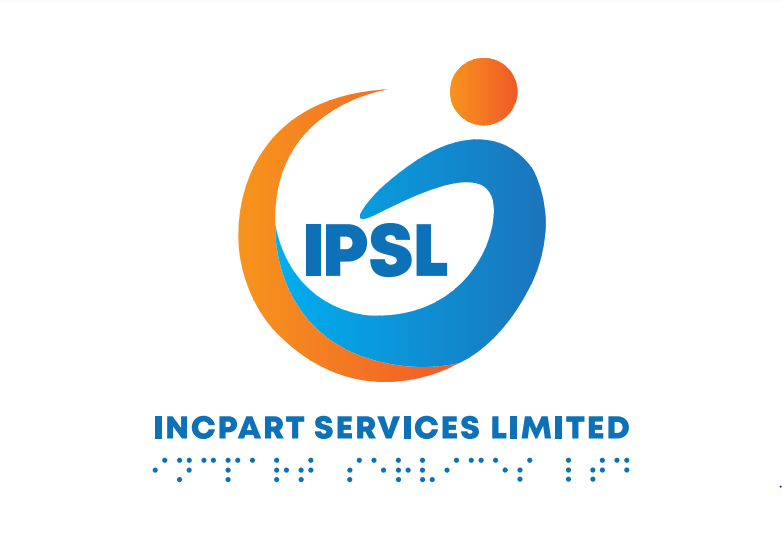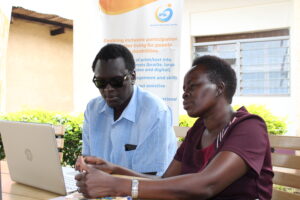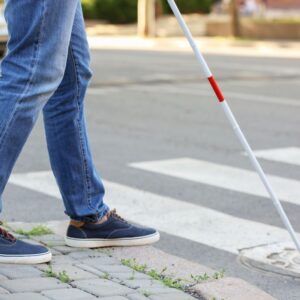By Sarah Namutebi.
Education and literacy play a crucial role in the lives of visually impaired individuals, as it provides them with the tools and knowledge necessary to navigate the world around them. As someone who has been closely involved with a visually impaired person’s educational journey, I have witnessed firsthand transformative power of education in enhancing their independence and leading to a more fulfilling life. Through my experience, I have seen how specialized educational programs, assistive technology, and accessible learning materials have made a significant difference in promoting their literacy and overall educational growth.
Firstly, specialized educational programs tailored to the needs of visually impaired individuals have been instrumental in their academic development. These programs ensure that a visually impaired person has access to education on an equal footing with their sighted peers. Highly trained teachers equipped with the necessary skills and techniques are able to provide additional support, such as teaching braille or conducting audio-based lessons. These programs also promote inclusion by fostering an inclusive classroom environment and encouraging collaboration among students of all abilities.
Secondly, assistive technology has revolutionized the educational experience for visually impaired learners. Technological advancements, such as screen readers, text-to-speech software, and voice recognition tools, have made it possible for visually impaired individuals to access digital content and engage with educational materials like never before. These tools not only assist in reading and writing tasks but also facilitate independent research and information gathering. The importance of assistive technology cannot be overstated, as it empowers visually impaired individuals to participate actively in the educational process and overcome barriers to learning.
Lastly, the availability of accessible learning materials plays a critical role in promoting literacy among visually impaired learners. Accessible materials can take the form of braille textbooks, audio books, large print editions, or online resources designed to be compatible with screen readers. By providing these materials, educators ensure that visually impaired individuals have an equal opportunity to engage with the curriculum and develop their literacy skills. Moreover, accessible learning materials also foster a sense of inclusion, allowing visually impaired students to participate in discussions and assignments on an equal basis with their classmates.
In conclusion, my experience with education and literacy for the visually impaired has underscored the importance of specialized educational programs, assistive technology, and accessible learning materials. These factors are instrumental in promoting independence, inclusion, and literacy skills for visually impaired individuals. With the right support and resources, visually impaired learners can overcome the challenges they face and thrive academically, enabling them to lead fulfilling lives and contribute meaningfully to society.




